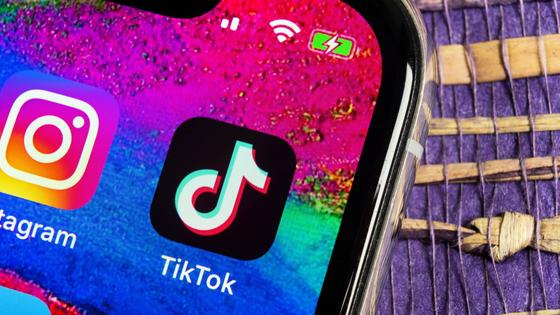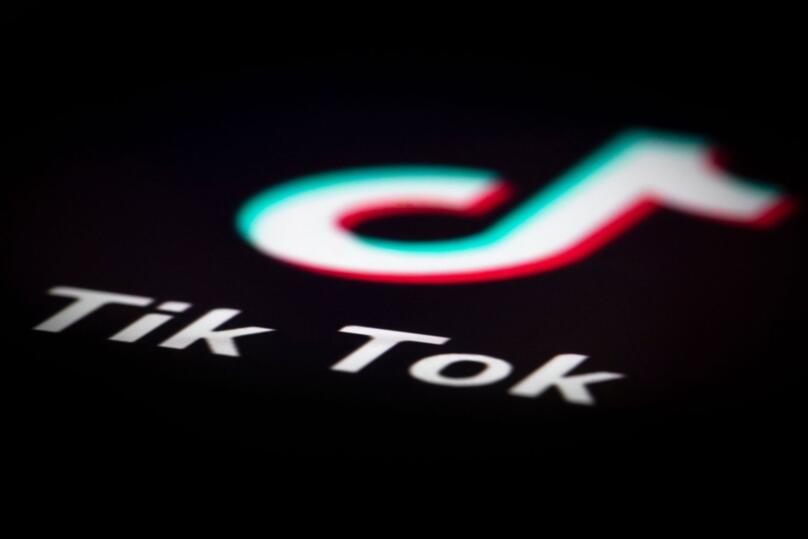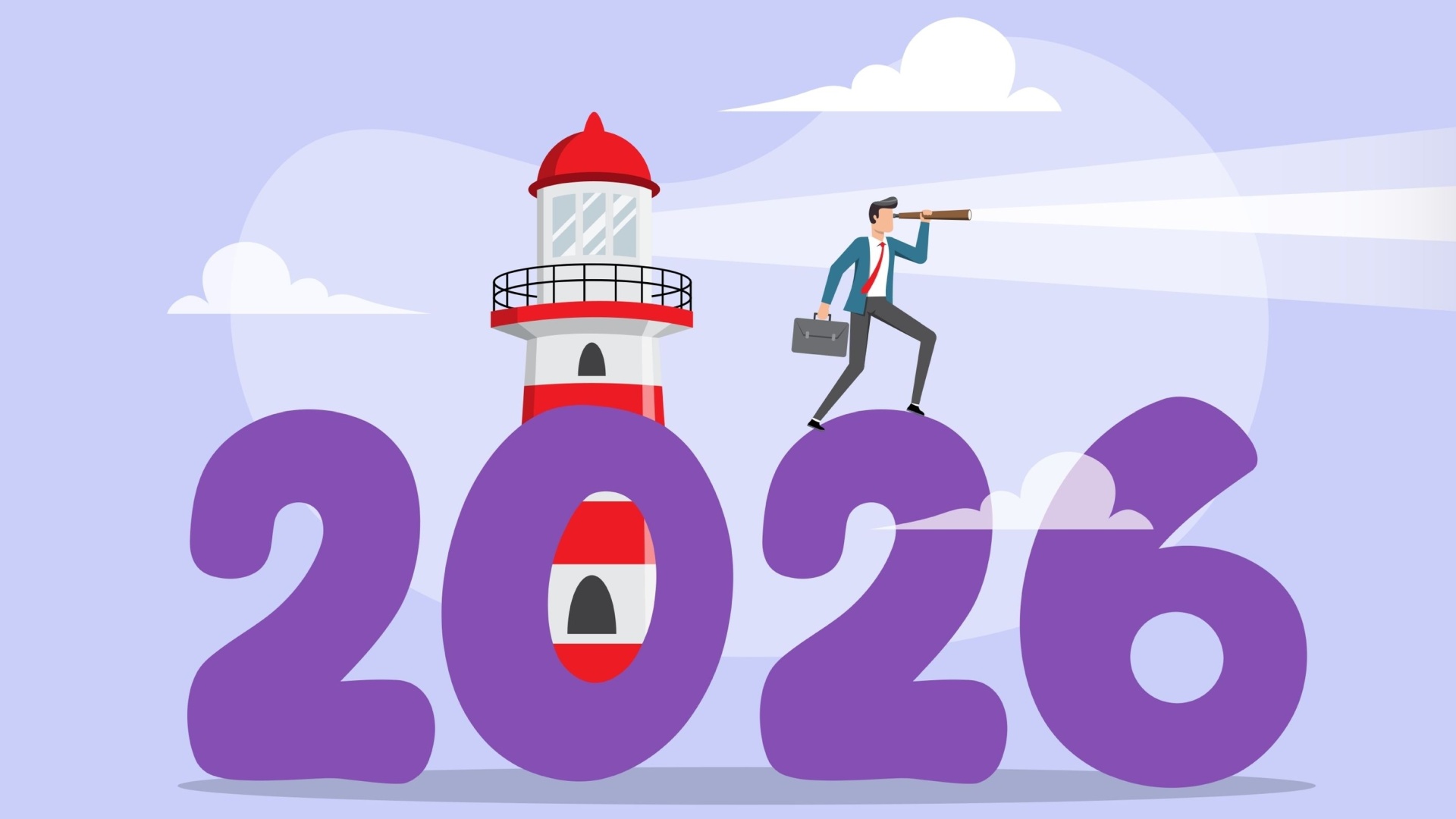Is TikTok a viral application or a killer of YouTube and Instagram?
There are virtually no people, who haven't heard in 2019 of TikTok in one way or another. The service was launched in 2018, gaining 500 million subscribers during the 24 months of its existence.

However, the application's creators note that users do not stay in TikTok for a long time - most of them leave the service after a month of active use. At the same time, about US$3bn were spent on social network advertising alone in 2018. What is the phenomenon of TikTok? How likely is the application to overtake the largest social networks in terms of popularity? Let's look at what started an all-out crush on TikTok and what the future holds for it.
TikTok's history

The idea of creating TikTok came to the top manager of Douyin, the Chinese application for short videos recording. This service became popular in 2016, with its user number at over 100 million a year later. Its analogue Musical.ly, also created by Chinese developers, actively advanced at the time in the western market. Tracking the success of the service, Douyin's founder Zhang Yiming decided to design an application that would bring together Western and Chinese users, and presented TikTok to the public in 2017. A few months later, Zhang bought Musical.ly, integrating it with the new service.
TikTok currently has two versions - the global one under the same name, and the Chinese one, called, surprisingly, Douyin. The Chinese version is subject to the local laws with its servers located only within the country. TikTok belongs to ByteDance, which also owns the Toutiao news aggregator.
The application is widely used because it offers easy ways of working with content and an opportunity to become a popular blogger as well as thanks to its convenience. You can edit video doing cuts without any special skills. You can import video from the application to any social network or you can download the video directly to your device.
What is the TikTok phenomenon?

TikTok content is a video with superimposed effects and music. In fact, the service can be called a hybrid of YouTube and Instagram. The subscriptions and referrals feed in the application accounts for up to 80% of all hits. The service features its own video editor offering effects, masks and transitions, and most users create content inside the application, without downloading clips from the film.
Among TikTok's gimmicks are Challenges - flash mobs where users repeat the same movement or dance on the video. Thanks to simple referral algorithms, an account with any subscriber number can be added to the Trend tab. The Challenges also allow to increase your audience and turn a movement or a song into a viral video.
Interestingly, the application makes unknown groups gain popularity in streaming services in China. For example, the Old Town Road hit, where the guy dancing to this track turns into a cowboy, originated from the TikTok Challenge, with over 3 million people supporting it. TikTok is, in fact, changing the music industry - the labels sell to the service the right to use their performer' songs.
The application is promoted through influencers in Snapchat, it uses targeted advertising and invites former top managers of the largest social networks to its top management team. In the USA, the company is looking for active students who become its ambassadors - they motivate their fellow students to download the application and record video in it in exchange for merchandise and gift certificates. TikTok has also set up a referral program - for inviting friends, its users get certificates for coffee, free taxi rides, food and clothing. Parties are arranged in different cities with popular TikTok users invited to them. The company that owns the service spends from US$3 million a day to promote the application in the Western markets.
At the same time, the service is not in a hurry to monetize - it has not yet created a payment program for content authors and has severely limited advertising resources. So, to advertise something in TikTok, the company will need to conclude a contract with the producer center, which, in turn, is to enter into an agreement with the application per se. It is impossible to buy advertisements directly from TikTok bloggers yet. The developers explain this by their unwillingness to spoil the creative atmosphere. They plan to "conquer the social networks market in America", and, it must be admitted, that the application has so far, successfully fueled interest in itself. The service has virtually monopolized the market of vertical videos with entertainment themes and has become an alternative to other social networks.
Lectera’s Online Courses by topic
TikTok: What's next?

TikTok wants to attract publishers, according to the online media outlet Digiday. The portal reports that the company has started to mail letters to editorial offices featuring a selection of the most successful (collecting a large number of videos) hash tags. The newsletter comes to the corporate media outlets every Thursday, and the top tags are accompanied by links to videos in TikTok.
Digiday assumes that this way the application's developers seem to incentivize publishers to put content in TikTok. Editorial offices, in turn, welcome the fact that the application is ready to share its impressively large audience. However, they note that these users change their preferences very quickly compared with the audience of the Youtube or even more so compared with that of Instagram.
The TikTok service's phenomenon is its ease of use and unusual advertising strategy chosen by the management. Interestingly, the application's owners have recently purchased the company Jukedeck, that creates music for video. According to analysts, this step will save ByteDance from problems with the rights holders, who constantly raise the price of their content for TikTok. In addition, ByteDance plans to launch its own streaming service and is preparing to release a smartphone with a set of pre-installed applications. Experts expect the device to become a huge success - this phone will be very popular at least in China.
Share this with your friends via:
Latest News

A significant stage in the development of the alternative education system has begun in West Northamptonshire in the UK: the County Council is actively calling on parents, guardians, and trustees to participate in shaping the future of this key area.

Outwoods Primary School in Atherstone, Warwickshire, having experienced deep sadness after the loss of their famous cat, Silla, has found solace in a new pet – a Maine Coon named Aloysius O’Hara.

In modern universities, artificial intelligence, and in particular ChatGPT, is rapidly transforming from a controversial tool into a full-fledged student assistant.

An innovative educational project is gaining momentum in UK primary schools, aiming to change attitudes towards video games.

The Massachusetts Institute of Technology (MIT) presents MIT Learn – a revolutionary online platform that opens a “new front door” to access university knowledge and resources.












 Mental Traps That Are Easiest to Fall Into During Winter
Mental Traps That Are Easiest to Fall Into During Winter
 Life After the Holidays: How to Beat the Post-New Year Blues
Life After the Holidays: How to Beat the Post-New Year Blues
 Which Christmas Movie Character Are You?
Which Christmas Movie Character Are You?
 Test. What Career Goal Should You Set for Next Year?
Test. What Career Goal Should You Set for Next Year?
 Your New Year’s Forecast: What Awaits You in the New Year?
Your New Year’s Forecast: What Awaits You in the New Year?
 Test. Which New Year Archetype Are You?
Test. Which New Year Archetype Are You?
